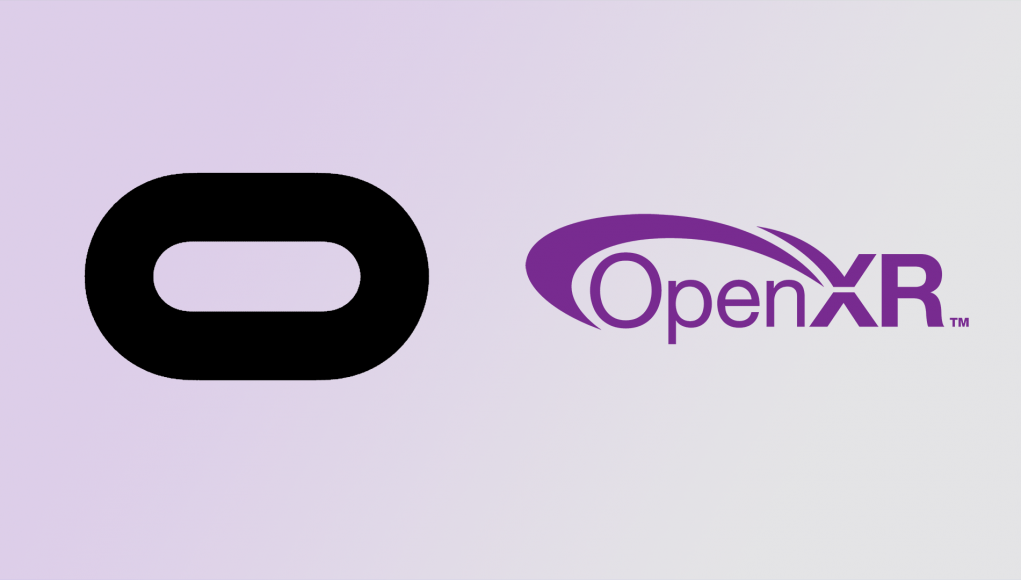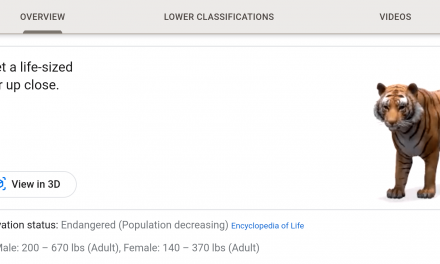Facebook opened up developer access to mixed reality applications using the Quest 2’s built-in IR tracking cameras. This is in conjunction with movement of their software development onto OpenXR and deprecating their proprietary Oculus SDKs.
While the Quest 2 launched as a standalone VR headset, Facebook has continuously updated the software, unlocking new features such as higher refresh rates and wireless pc streaming. The latest new feature unlock gives developers access to the passthrough cameras on the device, previously exclusive to internal oculus applications, such as their AR Keyboard. While the passthrough view is in a black and white low resolution, its low latency and potential to improve in future headsets with color and fidelity could be a ground basis for developers to create mixed reality experiences.
The other major announcement by Facebook is their move to OpenXR. In the early years of XR development, each manufacturer created its own set of APIs and SDKs creating a fragmented ecosystem. However, with OpenXR, developers can simply target that API and on devices that support OpenXR, load up any application and content using it. With Facebook dominating the consumer VR headset market, their switch to a more inclusive API is welcome for developers and competitors. With the XR market maturing around a stable global API like OpenXR, and major OEMs adopting it, the friction to create more advanced or unique headsets is lessened. Less time can be spent ensuring that software works allowing more time and focus to be spent on what can be improved hardware-wise.






